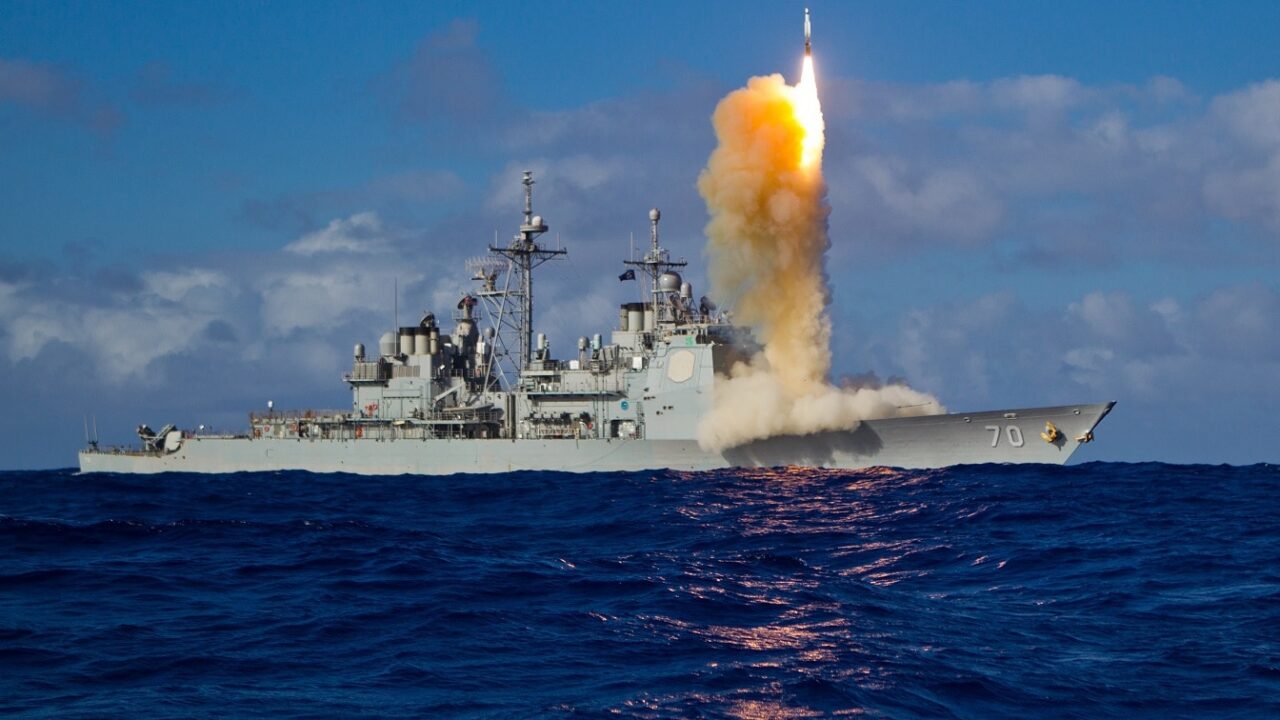The U.S. and Japan will collaborate on the development of an interceptor missile.
The report comes as the pair seek to jointly counter the growing menace of hypersonic warheads developed by China, Russia, and North Korea.
This strategic initiative aims to neutralize the threat posed by weapons designed to outmaneuver conventional ballistic missile defenses.
The anticipated agreement is slated to be announced following discussions between U.S. President Joe Biden and Japanese Prime Minister Fumio Kishida during their meeting in the U.S. later this week.
Growing Hypersonic Partnership
Details of the collaboration were disclosed by Japan’s Yomiuri newspaper, although the report did not cite a specific source for the information. As of last night, officials from Japan’s Ministry of Foreign Affairs could not be reached for comment regarding the proposed agreement.
Unlike traditional ballistic warheads that follow predictable flight paths, hypersonic projectiles can alter their trajectories, rendering them challenging targets. The upcoming summit between President Biden, Prime Minister Kishida, and South Korean President Yoon Suk Yeol at Camp David, Maryland, serves as the backdrop for the potential announcement.
In a January meeting between U.S. Secretary of State Antony Blinken, Defense Secretary Lloyd Austin, and their Japanese counterparts, the U.S. and Japan had already agreed to explore the development of this interceptor technology.
This collaboration builds on a previous partnership that saw the two nations create a longer-range missile designed to engage warheads in space. Japan currently deploys these on its warships in the waters between itself and the Korean peninsula, in order to counter possible North Korean strikes.
As worries grow over the prospect of a Chinese assault on Taiwan, Washington and Tokyo are acting on their concerns. China’s mounting military pressure on Taiwan, which Beijing considers part of its territory, has led Taipei to strengthen its ties with both the U.S. and Japan.
In response to Taiwan Vice President Lai Ching-te’s recent stopover in New York, China condemned the move as a further indication of U.S. support for Taiwan.
Beijing’s Foreign Ministry said the trip “seriously undermines China’s sovereignty and territorial integrity.” Furthermore, Chinese authorities vowed to take “resolute and forceful measures,” while Taiwanese officials anticipate impending Chinese military drills near the island.
U.S.-Japan Relations
After Japan’s surrender in World War II, the country was occupied by Allied forces led by the United States.
This occupation, which lasted from 1945 to 1952, aimed to demilitarize and democratize Japan while facilitating its economic recovery.
During this period, the U.S. played a significant role in shaping Japan’s post-war trajectory.
In 1960, the United States and Japan signed the Treaty of Mutual Cooperation and Security, which established a formal security alliance between the two countries. The treaty stipulated that the United States would provide military assistance to Japan in case of an armed attack, and Japan would grant the U.S. the use of military bases on its territory.
Japan is also one of the United States’ leading trade partners, with intricate business connections, investment flows, and technological exchanges.
Both countries collaborate on addressing global economic issues, including trade imbalances and innovation-driven growth.
Georgia Gilholy is a journalist based in the United Kingdom who has been published in Newsweek, The Times of Israel, and the Spectator. Gilholy writes about international politics, culture, and education.
From the Vault
‘You Really Oughta Go Home’: F-22 Raptor Stealth Fighter Flew Under F-4 From Iran

